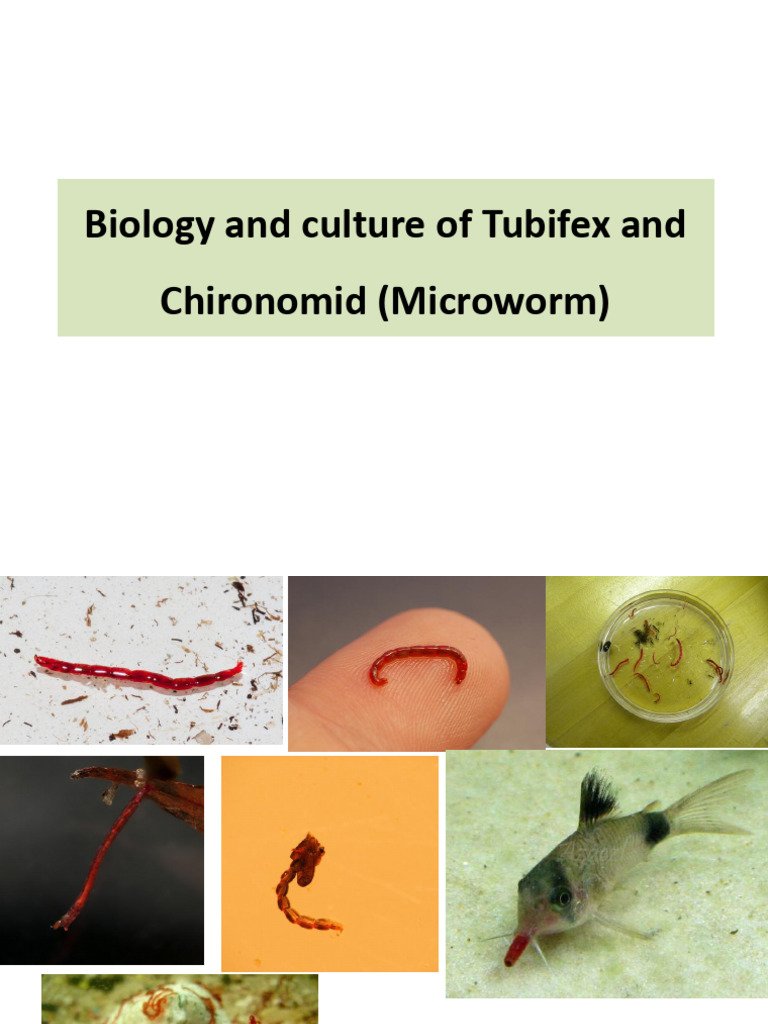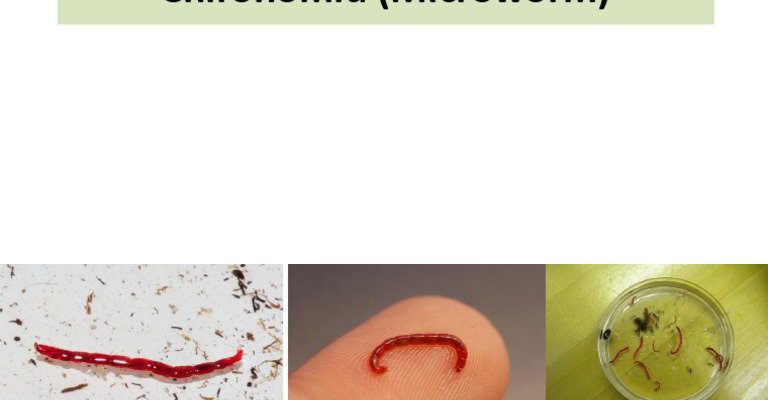
Microworms are actually tiny nematodes, about 1 mm long, that thrive in various environments around the globe. Their diet of yeast and organic debris makes them easy to culture, which is part of why they’ve gained popularity among hobbyists and aquarists. In this article, we’ll take you on a journey to explore the documented range and distribution of microworms worldwide, uncovering where they live, how they thrive, and why they’re so important to your aquatic companions.
What Are Microworms?
Microworms are a type of *Nematode*, specifically from the genus *Panagrellus*. These tiny organisms are nearly invisible to the naked eye but play an outsized role in the ecological system of aquaculture. They’re primarily used as food for fish fry and other small aquatic animals.
You might be wondering why anyone would want to invest time and energy into culturing microworms. The answer is straightforward: they provide a substantial source of protein and essential fatty acids for developing aquatic species. These nutrients are crucial for their growth and overall health. Think of microworms as the equivalent of gourmet baby food, ensuring that the little ones get the best possible start in life.
What’s fascinating is their reproductive rate. Under optimal conditions, microworms can multiply rapidly, giving you a steady supply. This makes them a favored choice among fish breeders and hobbyists alike.
The Natural Habitat of Microworms
Microworms can be found in a variety of environments. They thrive in moist, organic-rich soils and decaying plant matter, making them a common sight in natural ecosystems that have abundant decomposition occurring. This includes everything from forest floors to compost heaps.
These tiny creatures are known for their resilience. In fact, microworms can adapt to various conditions, from freshwater to slightly saline environments. The diversity in their habitat helps explain why they are found on nearly every continent. Whether you’re in the lush Amazon rainforest or the temperate forests of Europe, there’s a good chance that microworms are present, quietly contributing to the ecosystem.
Interestingly, the need for microworms as a food source has encouraged local aquarists to cultivate them in their homes, mimicking their natural habitat using simple substrates like oatmeal or flour mixed with yeast. This adaptability has made them a staple in the aquarium community.
Geographical Distribution
Microworms are found all around the world, from North America to Asia, Europe, and beyond. They are particularly abundant in regions with high moisture and organic material, which means they can often be found in compost piles or damp soil.
In North America, you’re more likely to see microworms in areas where gardeners compost their organic waste. The same goes for Europe, where rich agricultural practices create ideal habitats for these tiny creatures. Meanwhile, in Asia, particularly in tropical regions, microworms thrive robustly due to the consistent humidity and warm temperatures.
The widespread geographical distribution of microworms allows aquarists and fish breeders across the globe to benefit from this nutritious food source. It’s like having a global buffet of tiny, wiggle-ready meals at your disposal!
Culturing Microworms at Home
Now, if you’re eager to introduce microworms into your fish-feeding routine, you might think, “How do I get started?” Culturing microworms at home is surprisingly simple and doesn’t require sophisticated equipment. Here’s a brief run-through of the steps involved:
- Choose Your Medium: Many hobbyists use oatmeal or a mix of flour and yeast. Aim for a consistency similar to thick pancake batter.
- Set Up Your Container: A shallow dish works best to allow proper aeration. Make sure to cover it lightly to keep out debris but still allow airflow.
- Add Your Microworms: You can often acquire starter cultures from fellow aquarists or local fish stores. Just a small pinch will do!
- Maintain the Environment: Keep the culture in a warm, dark place and check it daily. Ensure it stays moist, adding a small amount of water if necessary.
In about a week, you should see a thriving population of microworms. It’s a rewarding process that not only provides food for your fish but also gives you a deeper connection to the aquatic life you care for.
Using Microworms in Aquaculture
The role of microworms in aquaculture cannot be overstated. They serve as an excellent first food for fish fry, helping them grow healthy and strong. But it’s not just about the food; microworms also encourage natural feeding behaviors in young fish.
When introducing microworms to your fry, you’ll notice them darting around, eagerly snapping at the wrigglers. This not only helps develop their hunting skills but also promotes overall health by keeping them active. Plus, because microworms are soft-bodied and rich in nutrients, they make an ideal starter food that reduces mortality rates in newly hatched fish.
You might be wondering about the nutritional content. Microworms are packed with protein and essential fatty acids, making them a wholesome addition to the diet of various aquatic species. For instance, species like guppies, bettas, and angelfish thrive on microworms during their early juvenile stages.
Challenges and Considerations
While culturing microworms is relatively easy, there are a few challenges you should keep in mind. The most common obstacles include contamination and maintaining the right environment.
If you notice mold developing in your culture, that could indicate that the moisture levels are too high or that your medium has gone off. It’s important to check your culture regularly and replace the medium if needed. Also, be cautious not to mix cultures from different sources, as this can lead to cross-contamination.
Keeping the temperature ideal—between 20°C to 25°C (68°F to 77°F)—is crucial. If the temperature dips too low or rises too high, you may see a significant drop in microworm production. Monitoring your setup and making adjustments will lead to happier fish and healthier microworms.
Through this exploration, we’ve seen how microworms are not just tiny creatures but pivotal players in the aquatic world. Their documented range and distribution across the globe highlight their adaptability and importance in fish breeding and aquaculture.
Whether you’re a seasoned aquarist or just starting with your first aquarium, culturing microworms is an enriching experience that benefits both you and your aquatic friends. By understanding their natural habitat, geographical distribution, and how to culture them effectively, you’re well on your way to providing your fish with a nutritious and dynamic diet.
So, as you continue your journey into the world of fishkeeping, remember that these little wrigglers are more than just food; they’re an essential part of keeping your aquatic community healthy and thriving. Happy fishkeeping!

